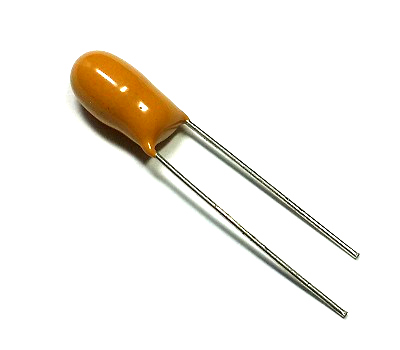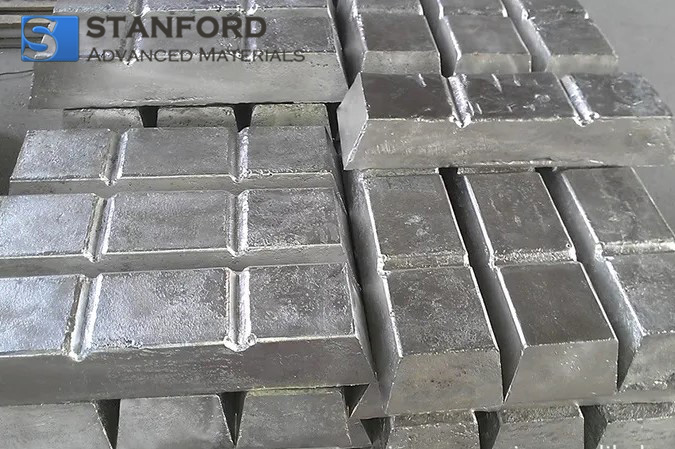Are Tantalum Capacitors Electrolytic
Tantal belongs to Group 5 of the Periodic Table, together with V and Nb. It has an atomic number of 73 and an atomic mass of 181. It possesses an oxidation state of +5. Two stable isotopes exist, and 181 Ta accounts for 99.99 % of the total mass.
Tantal is a lithophile element with chalcophile affinity. It occurs almost exclusively in complex oxide and hydroxide minerals. The borate mineral Behierit and the only known non-oxide, tantalum carbide TaC, are exceptions.
Common Ta minerals include tantalite (Fe, Mn)(Ta, Nb)2O6, formanite YTaO4, and microlite. Tantal is typically found in association with Nb. Common host minerals for Ta in magmatic rocks are pyroxene, amphibole, biotite, ilmenite, and sphene.
Tantal is primarily used for the production of electrolytic capacitors and vacuum furnace components, which account for approximately 60 % of its usage. The metal is also used in the manufacture of chemical process equipment, nuclear reactors, as well as aircraft and rocket parts. It is further employed to produce carbide tools for metalworking machines. Owing to its biologically inert properties, it is used in medicine for cranial plates or discs, for wire sutures and for the production of prostheses. Tantal has also been utilised in the manufacture of weaponry, thereby leading to increased Ta concentrations in the vicinity of military installations.

Tantal is considered a non-essential element. Almost nothing is known about its prevalence in living organisms, and little is known about the effects of Ta on the environment. Given its low solubility and mobility, the toxicological effects are likely insignificant under current environmental concentrations. Its products, such as tantalum meshes, are widespread.

 Bars
Bars
 Beads & Spheres
Beads & Spheres
 Bolts & Nuts
Bolts & Nuts
 Crucibles
Crucibles
 Discs
Discs
 Fibers & Fabrics
Fibers & Fabrics
 Films
Films
 Flake
Flake
 Foams
Foams
 Foil
Foil
 Granules
Granules
 Honeycombs
Honeycombs
 Ink
Ink
 Laminate
Laminate
 Lumps
Lumps
 Meshes
Meshes
 Metallised Film
Metallised Film
 Plate
Plate
 Powders
Powders
 Rod
Rod
 Sheets
Sheets
 Single Crystals
Single Crystals
 Sputtering Target
Sputtering Target
 Tubes
Tubes
 Washer
Washer
 Wires
Wires
 Converters & Calculators
Converters & Calculators
 Write for Us
Write for Us

 Chin Trento
Chin Trento



